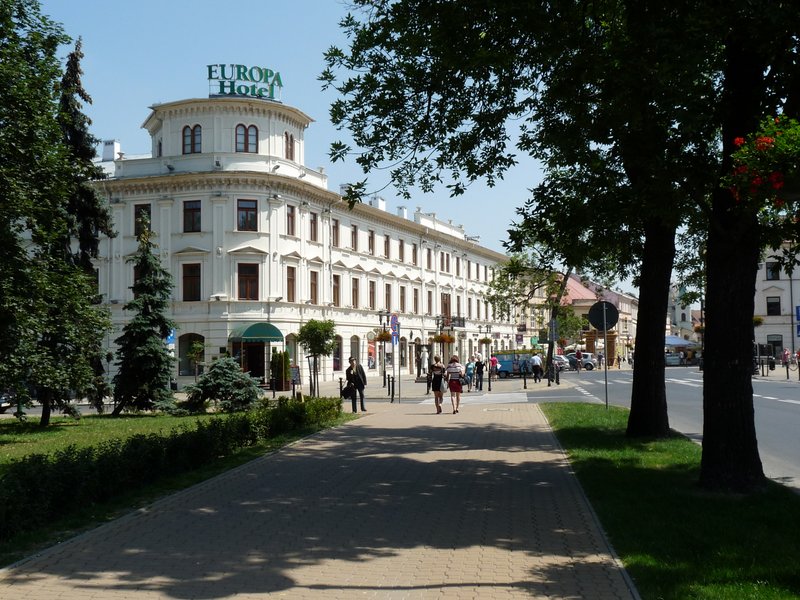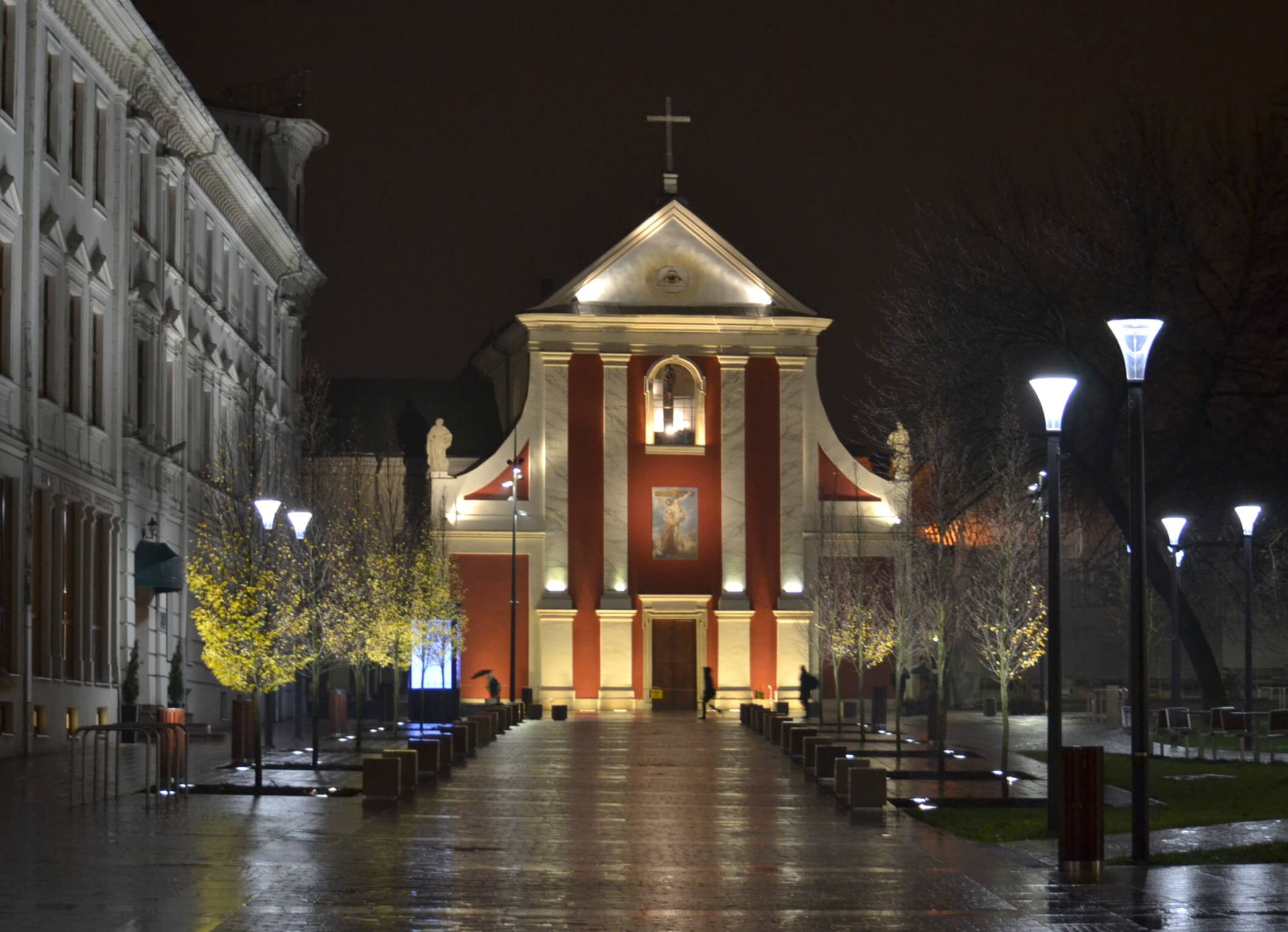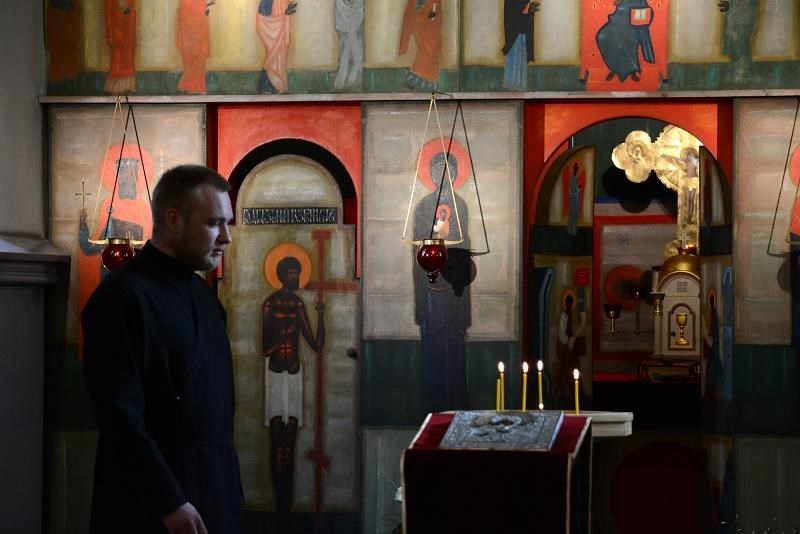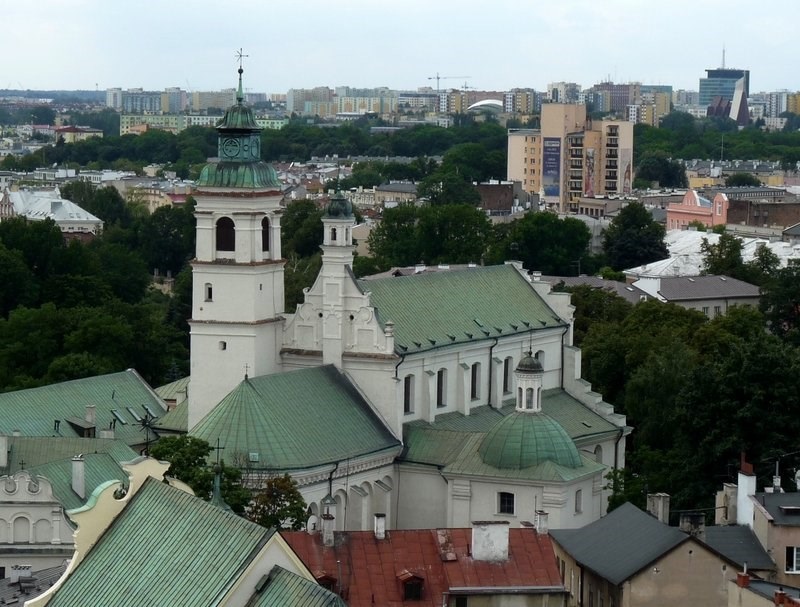Szlak Zabytków Architektury

The magnificent Archcathedral is a must-see when visiting Lublin. It is a former Jesuit church, built in 1586-1604. The temple was built according to the design of Italian architects Jan Mario Bernardoni and Joseph Bricci, in the Baroque style. The church was modeled on the Roman Jesuit temple Il Gesu. In 1604 the church was consecrated by the Cracow bishop Bernard Maciejowski and received a call of St. John the Baptist and St. John the Evangelist. Along with the church, the Jesuits built a college which buildings once surrounded today's Cathedral Square. After a fire in 1752, the church was r ...

The Cracow Gate is one of the architectural symbols of Lublin. Its name derives from the fact that the gate is directed towards the historical route that led to Cracow, the then capital of the state. ...

The convent and the church was built for the nuns from the Order of the Visitation of Holy Mary, known as the Visitandines. However, the wooden complex burnt down in 1732. In the middle of XVIII century it was restored as brick. A Baroque granary was added to the convent and for many years it housed a chapel. At the square in front of the building a Baroque sculpture of Pensive Christ is located. ...

The building of The Former Bank of Lublin Industrialists at 56 Krakowskie Przedmieście Street, currently IBB Grand Hotel Lublin, was erected according to the design by Gustaw Landau-Gutenteger, on the initiative of the Lublin industrialists. The building was finished in 1900, in a record time of 17 months. ...

The history of the former St. Casimir Church and Monastery of the Reformati Order dates back to the 2nd half of the XVII century. At the beginning of the XIX century, the Friars moved from Lublin to Kazimierz Dolny and the buildings were donated to the Brothers Hospitallers of Saint John of God. In 1844, the industrialist Karol Rudolf Vetter purchased the complex and founded a brewery and vodka distillery here. After his death, the property was inherited by his sons – August and Juliusz Vetter, who successfully continued his work. ...

The hotel building was erected in the years 1865-1867 in the place of the former gardens of the Czartoryski family. The designer was the province architect Ludwik Szamota, who drew inspiration from the building of the Europejski Hotel in Warsaw. ...

The Capuchin Order arrived in Lublin in 1721. Built in the years 1726-33, the church and the monastery complex were founded by Paweł Sanguszko and his wife Anna Lubomirska. It was designed by Karol Bay. The exterior form and the interior design of the church were meant to reflect the strict Capuchin monastic rule. The façade is modest and harmonious, decorated with pilasters, volute forms, and figures of St. Peter and St. Paul. In the centre of the triangle-shaped gable there is an oculus with the Eye of Providence. ...

Originally a manor house of the arian family of Lubieniecki and an adjacent chapel were situated here. In the early XVII century the land was purchased by the Lublin deputy governor Bernard Suchorabski who erected a late renaissance palace in place of the buildings. In 1700, the property was acquired by St. Vincent de Paul Congregation of The Mission, who came to lublin to educate the clergy. In the years 1719-1730, The Transfiguration of Our Lord Church in a baroque style was erected next to the palace. The renowned artists who worked on its interior design were Eliasz Hoffman, Sebastian Zeis ...

One of the most important monuments of Lublin is the church and monastery of the Dominican Order. The Dominicans arrived in Lublin in the 1230s. In 1342, after the Tatar invasion, King Casimir the Great ordered building a Gothic,single-nave, brick church in place of the previous, wooden one. It was named as the church of St. Stanislaus Bishop and Martyr. ...

The church and the cloister was build for the Bernardine Order between 1473 and 1495 from the funds of Lublin townspeople. The reconstruction by Rudolf Negroni and Jakub Balin in the first half of XVII century had a direct impact on shaping the Lublin Renaissance style. The church became an exemplar for other temples erected in the Lublin Region. ...
Page 1 of 3












